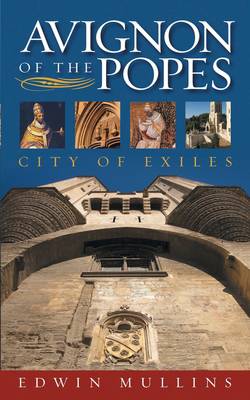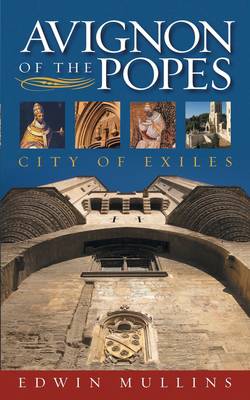
- Retrait gratuit dans votre magasin Club
- 7.000.000 titres dans notre catalogue
- Payer en toute sécurité
- Toujours un magasin près de chez vous
- Retrait gratuit dans votre magasin Club
- 7.000.000 titres dans notre catalogue
- Payer en toute sécurité
- Toujours un magasin près de chez vous
Description
At the beginning of the fourteenth century, anarchy in Italy led to the capital of the Christian world being moved from Rome for the first and only time in history. It was a critical moment, and it resulted in seven successive popes remaining in exile for the next seventy years. The city chosen to replace Rome was Avignon. And depending on where you stood at the time they were seventy years of heaven, or of hell opinions invariably ran to extremes, as did the behaviour of the popes themselves. It was during this period of exile that the city witnessed some of the most turbulent events in the history of Christendom, among them the suppression of the Knights Templar and the last of the heretical Cathars, the first onslaught of the Black Death, the final collapse of the crusading dream, and the first decades of the Hundred Years War between England and France, in which successive Avignon popes attempted to mediate. The papal flight from Rome was fiercely castigated by Dante in The Divine Comedy, while during the later years of papal Avignon the enigmatic figure of Petrarch, the most celebrated poet and scholar of his day, loomed angrily over the city. In a dramatic denouement, Avignon became home to the anti-popes, rivals and enemies of the re-established Roman papacy. This is a portrait sketch of that era. And at the centre of the picture is Avignon itself, as it grew from being a relatively insignificant town on the Rhône to become, albeit briefly, one of the great capitals of the world.
Spécifications
Parties prenantes
- Auteur(s) :
- Editeur:
Contenu
- Nombre de pages :
- 264
- Langue:
- Anglais
Caractéristiques
- EAN:
- 9781909930582
- Date de parution :
- 05-07-17
- Format:
- Livre broché
- Format numérique:
- Trade paperback (VS)
- Dimensions :
- 127 mm x 203 mm
- Poids :
- 290 g







